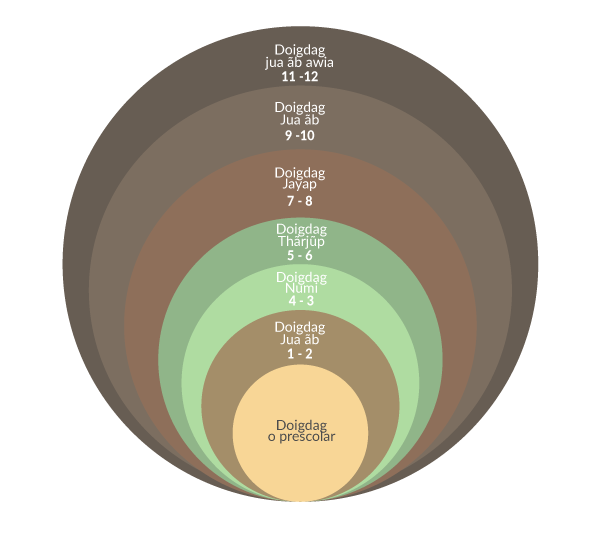Most of us have observed a man magnet: she is the girl who is able to walk into a bedroom and instantly most of the solitary males in distance collect round this lady. Maybe she actually is stunning, but often, its another thing that makes her so irresistible. Very, what is the key among these man magnets, might the rest of us discover their tricks?
The short answer is, it’s possible for any folks is a man magnet. The key will be available to satisfying males and generating your self friendly. There are lots of methods we close our selves removed from possible love passions. By being more familiar with yours tendencies in personal situations and trying new things, it is possible to revamp the sex hookup life. Soon after are a handful of certain ideas.
Create visual communication. I’ve said it before, but it’s well worth repeating. Guys view visual communication as an indication that it’s okay to approach, so if you’re staying away from it or looking away, cannot expect them to come better.
Do not separate yourself. If you’re at a celebration with pals, can you usually stick to them in place of heading down independently to introduce yourself to other individuals? In the place of remaining in the comfort zone surrounded by men and women you understand, draw other people in and circulate. Putting yourself available to choose from is actually an important step to making your self approachable and becoming the woman exactly who men wish satisfy.
Enjoy. If you should be in an awful mood, stressed from work or frustrated with matchmaking, this may encounter to the people surrounding you even although you you should not mention your difficulties. Energy and the body vocabulary can entice or repel. Take time to laugh and reduce. Check in with yourself before going out, and make certain to exit the negativity in the home.
Be comfortable in your own epidermis. Feeling insecure? Thus really does everyone, so don’t get worried about it a great deal. Instead of thinking the manner in which you’re sounding, or exactly what other people think about you, realize that you will be special and wonderful there’s nobody that can compare with you. When you embrace who you really are, other people can’t help but end up being drawn and wish to get to know you.
Compliment and flirt! Its correct that ladies will get complimented usually when compared with guys. The fact is, each of us enjoy it an individual sees exactly how we look, so why not go back the support and flatter the guys near you? There’s nothing incorrect with a bit of flirtatious banter. They’ll be sure to take serious notice.





